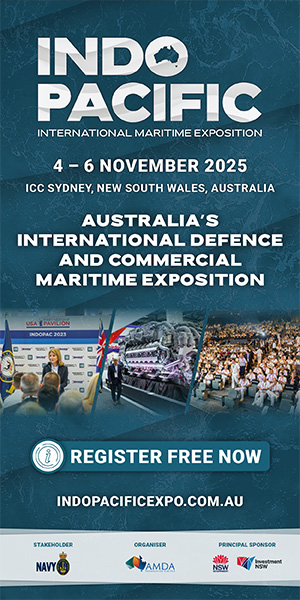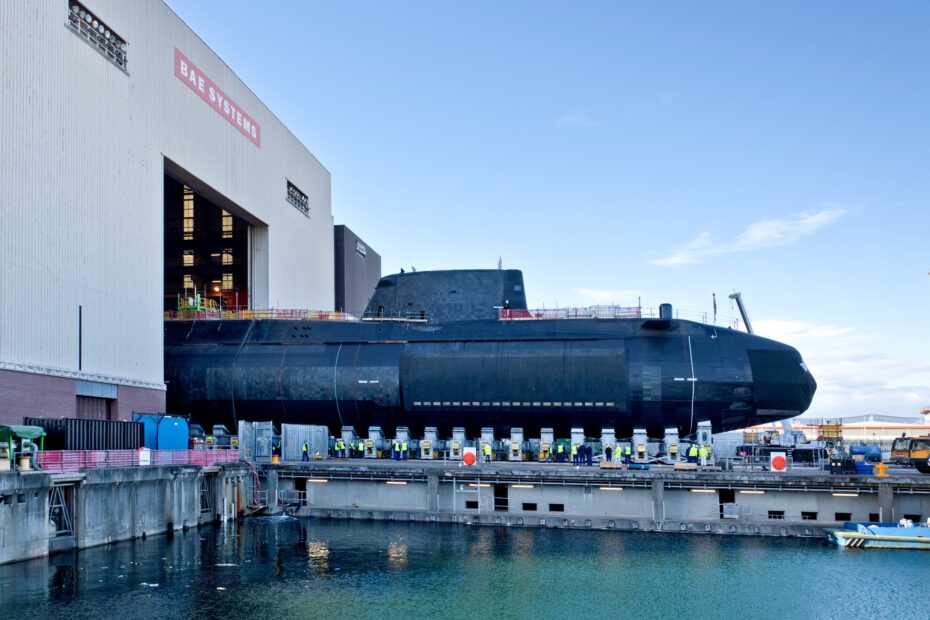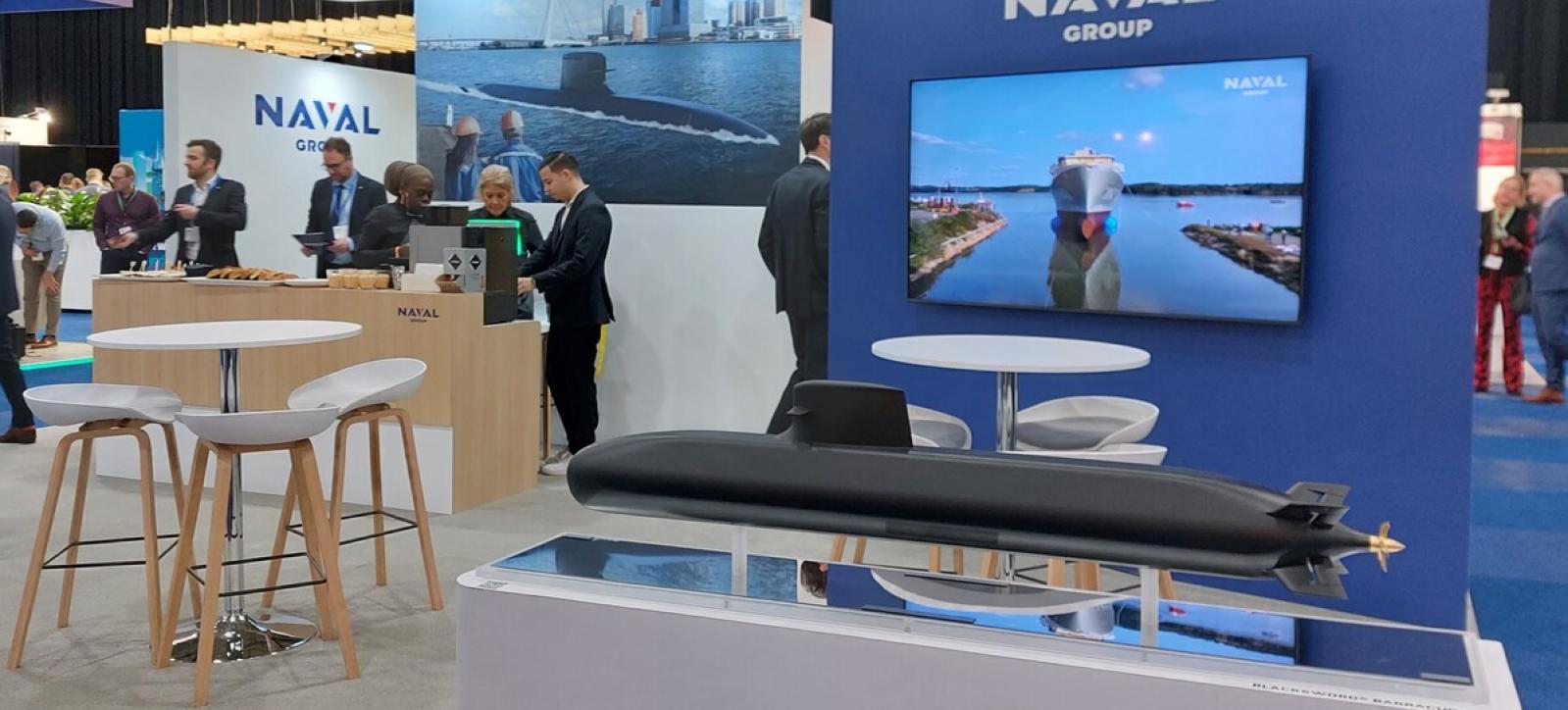Fourth new Astute-class submarine Audacious launched at Barrow-in-Furness. (Photo by UK Ministry of Defence © Crown copyright 2024)
Continuous At Sea Deterrence (CASD) is a strategic military posture employed by certain countries, notably the United Kingdom, to maintain a credible and effective nuclear deterrent capability. CASD involves the deployment of nuclear-powered ballistic missile submarines (SSBNs) equipped with submarine-launched ballistic missiles (SLBMs) on an uninterrupted basis.
The primary objective of CASD is to ensure that at least one SSBN is always at sea, patrolling designated areas of the world’s oceans, and remaining undetected by potential adversaries. This posture provides a continuous and survivable second-strike capability, meaning that even in the event of a catastrophic attack on the homeland, the country’s SSBNs would still be able to launch a retaliatory nuclear strike from sea, thereby deterring any potential aggressor.
Key features of Continuous At Sea Deterrence include:
Continuous Patrols: SSBNs are deployed on extended patrols that typically last several months, during which they remain submerged and operate stealthily to avoid detection. The submarines periodically return to base for maintenance, resupply, and crew rotation, but the overall objective is to maintain a continuous presence at sea.
Redundancy and Reliability: CASD relies on a fleet of multiple SSBNs to ensure redundancy and reliability. Even if one submarine encounters technical issues or requires maintenance, others in the fleet are available to maintain the continuous deterrent posture.
Secure Communication and Command Control: SSBNs maintain secure communication links with national command authorities, enabling real-time coordination and control of nuclear operations. Strict procedures are in place to authorize the use of nuclear weapons, with ultimate authority typically vested in the head of state or government.
Stealth and Survivability: SSBNs are designed to operate quietly underwater, making them difficult to detect by potential adversaries. This stealth capability enhances the survivability of the submarines and increases the credibility of the nuclear deterrent.
National Sovereignty and Independence: CASD allows countries to maintain an independent nuclear deterrent capability, ensuring that they are not reliant on other nations for their security. This independence is considered crucial for national sovereignty and strategic autonomy.
Continuous At Sea Deterrence is a key component of the nuclear deterrence strategy employed by certain nuclear-armed states, including the United Kingdom and France. It is seen as a vital means of deterring potential adversaries from launching a nuclear attack, thereby contributing to international peace and stability. However, CASD also raises ethical, security, and financial considerations, and its continued relevance and effectiveness are subject to ongoing debate and scrutiny.





